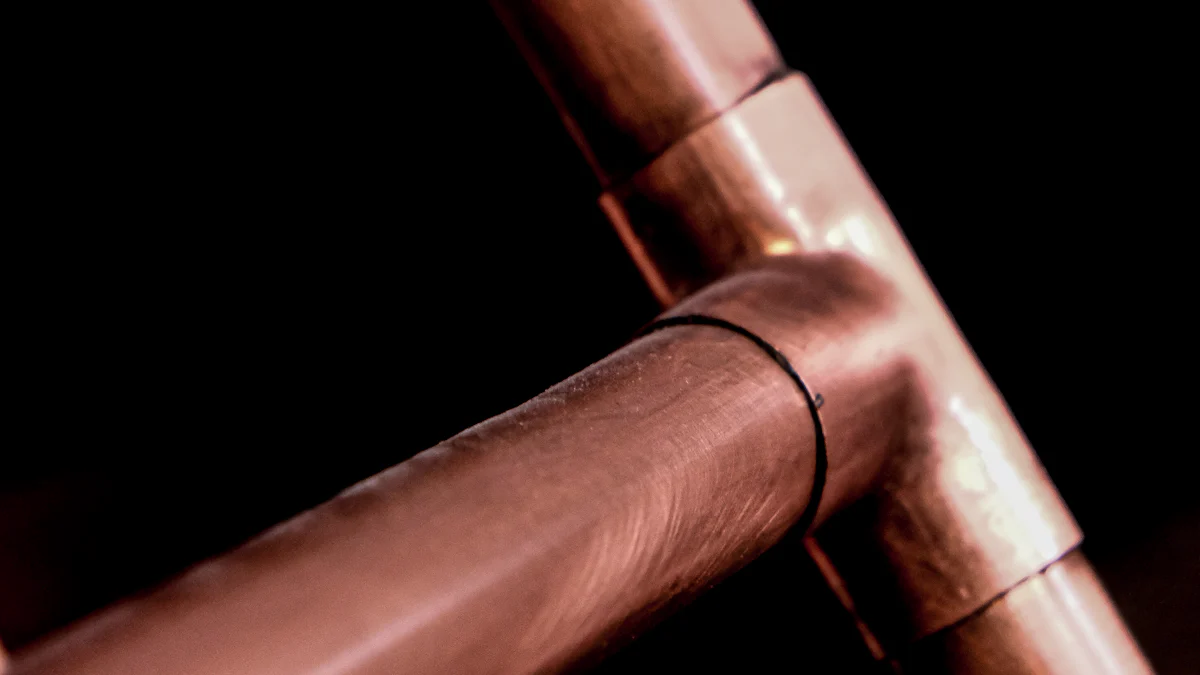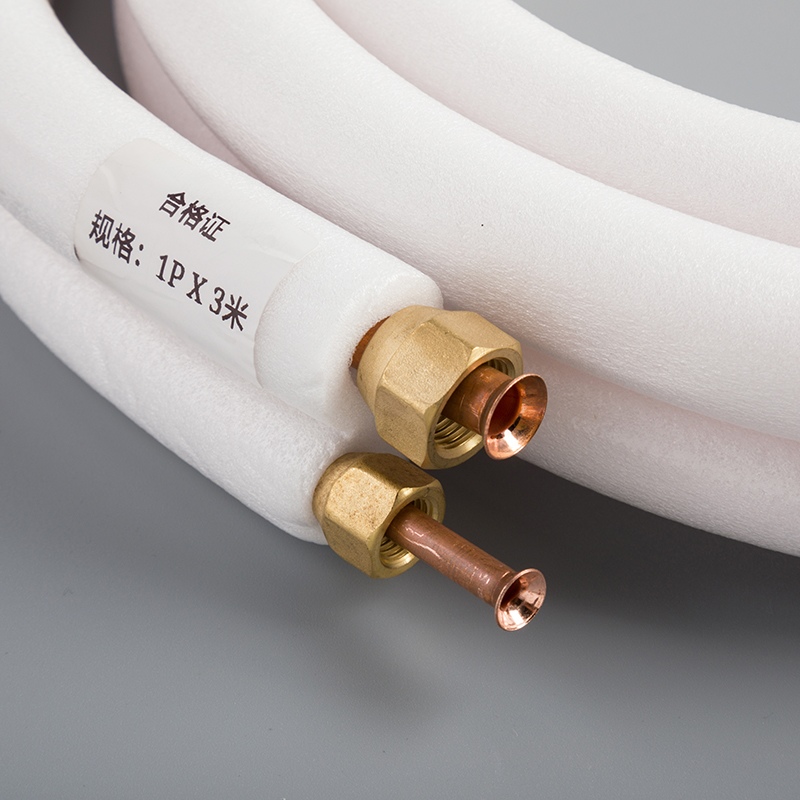Choosing the Right Copper Pipe Size: A Guide

Selecting the correct 1/2 copper pipe size is crucial for the success of any plumbing project. Before installation, understanding the difference between Type M and Type L pipes is essential. Incorrect sizing, such as using a 1/4 copper pipe when a 1 4 copper pipe is needed, can result in poor system performance, increased costs, or frequent maintenance needs. Properly sized pipes, including 5/8 in copper pipe, are fundamental for a fully functional system and to avoid negative consequences. Notation of pipe size plays a vital role in project execution, ensuring smooth plumbing operations from start to finish.
Understanding Copper Pipe Sizes

Nominal Pipe Size vs. Actual Outer Diameter
Explanation of nominal pipe size
The nominal diameter, also known as DN, represents the standardized size of a pipe for identification purposes. It is crucial in the metric system to categorize pipes based on their sizes accurately. Unlike the actual outer diameter (OD), which remains constant and measurable, the nominal size serves as a reference point for differentiating between various pipe dimensions.
Difference between nominal size and actual outer diameter
The distinction between the nominal diameter and the actual outer diameter is essential in understanding copper pipe sizes. While the OD provides a precise measurement of the pipe's exterior, the nominal size indicates a general classification within the piping system. This discrepancy ensures that users can identify and select pipes correctly based on their intended applications without confusion or misinterpretation.
Common Copper Pipe Sizes and Uses

1/2 Copper Pipe
When considering the 1/2 copper pipe, it is essential to understand its common applications and the benefits it offers, along with its limitations. This size of copper pipe is frequently utilized in residential plumbing systems for various purposes.
Common applications:
Residential water supply lines
Household appliances connections
Irrigation systems
Benefits:
Adequate flow rate for regular household use
Easy to install and maneuver around tight spaces
Compatible with standard fittings and fixtures
Limitations:
May not be suitable for high-demand commercial applications
Limited pressure handling capacity compared to larger pipes
Prone to freezing in extremely cold climates
1/4 Copper Pipe
The 1/4 copper pipe serves specific functions due to its smaller size, making it ideal for precise applications where a larger diameter is unnecessary.
Common applications:
Refrigeration systems
Air conditioning units
Small-scale hydraulic projects
Benefits:
Space-efficient design for compact installations
Cost-effective solution for low-flow requirements
Lightweight and easy to transport
Limitations:
Restricted flow capacity compared to larger pipes
Vulnerable to clogging in debris-prone environments
Not suitable for high-pressure systems
5/8 in Copper Pipe
The 5/8 in copper pipe offers a balance between flow capacity and space considerations, making it a versatile choice for various applications.
Common applications:
Commercial refrigeration systems
Industrial water distribution networks
Heating, ventilation, and air conditioning (HVAC) installations
Benefits:
Enhanced flow rate compared to smaller pipes
Suitable for moderate to high-demand scenarios
Durable construction for long-term reliability
Limitations:
Bulkier than smaller pipes, requiring more space
Higher cost per foot compared to standard sizes
Limited availability of specialized fittings
Tips for Choosing the Right Size
Consider the Application
Plumbing experts emphasize the significance of tailoring copper pipe sizes to specific applications. For water systems, selecting the appropriate pipe diameter ensures optimal water flow and pressure throughout the plumbing network. Proper sizing prevents issues like reduced water volume or inadequate pressure, guaranteeing efficient operation.
When it comes to gas piping, precision is paramount to maintain safety and functionality. Using pipes with incorrect diameters can lead to gas leaks or inefficient gas distribution within the system. By choosing the right size based on gas flow requirements, potential hazards are minimized, ensuring a secure gas supply.
Consult with Professionals
Seeking guidance from experienced professionals in plumbing is invaluable when determining copper pipe sizes. Experts provide tailored advice based on project specifications, ensuring accurate sizing for optimal performance. Their insights help avoid pitfalls such as undersized pipes that can restrict flow or oversized pipes leading to unnecessary costs.
Professionals stress the importance of precise calculations and adherence to industry standards when selecting copper pipe sizes. Consulting with experts not only guarantees proper sizing but also minimizes errors during installation, promoting long-term system reliability and functionality.
Waterworks NZ emphasizes the critical nature of accurate pipe sizing. Incorrect choices can lead to system inefficiencies, increased costs, or frequent maintenance needs. It is essential to select the right copper pipe size based on specific applications to ensure optimal performance and longevity. Remember, choosing the correct size from the start prevents issues down the line. Always consult with professionals for expert advice tailored to your project's requirements. By prioritizing precise sizing, you guarantee a reliable plumbing system that meets your needs efficiently and effectively.
See Also
Unraveling the Mystery of Copper Pipe Dimensions: An In-Depth Manual
Key Guidelines for Selecting the Correct Copper Pipe Size
Your Indispensable Handbook: Measuring Copper Pipe Dimensions
Crucial Copper Pipe Sizes Every Plumber Must Be Familiar With
Becoming Proficient in Copper Pipe Connectors: An Extensive Manual


